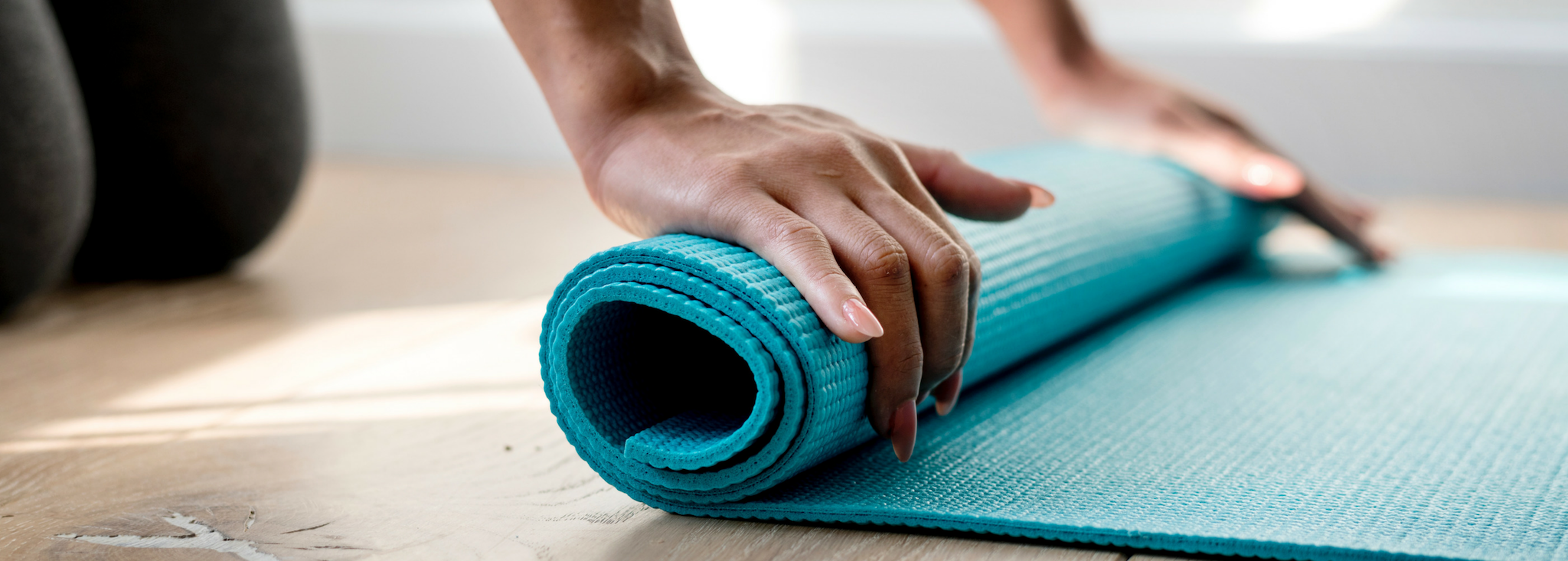How can I be physically active safely if I have diabetes?
Want to be physically active but aren’t sure how to do it safely? You probably already know to drink water before, during and after exercise to stay well hydrated. The following are some other tips for safe physical activity when you have diabetes.
Plan ahead
Talk with your health care team before you start a new physical activity routine, especially if you have other health problems. Your health care team will tell you a target range for your blood glucose level and suggest how you can be active safely.
Your health care team also can help you decide the best time of day for you to do a physical activity based on your daily schedule, meal plan and diabetes medicines. If you take insulin, you need to balance the activity that you do with your insulin doses and meals so you don’t get low blood glucose.
Prevent low blood glucose
Because physical activity lowers your blood glucose, you should protect yourself against low blood glucose levels, also called hypoglycemia. You are most likely to have hypoglycemia if you take insulin or certain other diabetes medicines, such as a sulfonylurea. Hypoglycemia also can occur after a long intense workout or if you have skipped a meal before being active. Hypoglycemia can happen during or up to 24 hours after physical activity.
Planning is key to preventing hypoglycemia. For instance, if you take insulin, your health care provider might suggest you take less insulin or eat a small snack with carbohydrates before, during, or after physical activity, especially intense activity.
You may need to check your blood glucose level before, during and right after you are physically active.
Take care of your feet
People with diabetes may have problems with their feet because of poor blood flow and nerve damage that can result from high blood glucose levels. To help prevent foot problems, you should wear comfortable, supportive shoes and take care of your feet before, during and after physical activity.
What physical activities should I do if I have diabetes?
Most kinds of physical activity can help you take care of your diabetes. Certain activities may be unsafe for some people, such as those with low vision or nerve damage to their feet. Ask your health care team what physical activities are safe for you. Many people choose walking with friends or family members for their activity.
Doing different types of physical activity each week will give you the most health benefits. Mixing it up also helps reduce boredom and lower your chance of getting hurt. Try these options for physical activity.
Add extra activity to your daily routine
If you have been inactive or you are trying a new activity, start slowly, with 5 to 10 minutes a day. Then add a little more time each week. Increase daily activity by spending less time in front of a TV or other screen. Try these simple ways to add physical activities in your life each day:
- Walk around while you talk on the phone or during TV commercials.
- Do chores, such as work in the garden, rake leaves, clean the house, or wash the car.
- Park at the far end of the shopping center parking lot and walk to the store.
- Take the stairs instead of the elevator.
- Make your family outings active, such as a family bike ride, or a walk in a park.
If you are sitting for a long time, such as working at a desk or watching TV, do some light activity for three minutes or more every half hour. Light activities include
- leg lifts or extensions
- overhead arm stretches
- desk chair swivels
- torso twists
- side lunges
- walking in place
Do aerobic exercise
Aerobic exercise is an activity that makes your heart beat faster and makes you breathe harder. You should aim for doing aerobic exercise for 30 minutes a day on most days of the week. You do not have to do all the activity at one time. You can split up these minutes into a few times throughout the day.
To get the most out of your activity, exercise at a moderate to vigorous level. Try
- walking briskly or hiking
- climbing stairs
- swimming or a water aerobics class
- dancing
- riding a bicycle or a stationary bicycle
- taking an exercise class
- playing basketball, tennis, or other sports
Talk with your health care team about how to warm up and cool down before and after you exercise.
Do strength training to build muscle
Strength training is a light or moderate physical activity that builds muscle and helps keep your bones healthy. Strength training is important for both men and women. When you have more muscle and less body fat, you’ll burn more calories. Burning more calories can help you lose and keep off extra weight.
You can do strength training with hand weights, elastic bands, or weight machines. Try to do strength training two to three times a week. Start with a lightweight. Slowly increase the size of your weights as your muscles become stronger.
Do stretching exercises
Stretching exercises are light or moderate physical activity. When you stretch, you increase your flexibility, lower your stress and help prevent sore muscles.
You can choose from many types of stretching exercises. Yoga is a type of stretching that focuses on your breathing and helps you relax. Even if you have problems moving or balancing, certain types of yoga can help. For instance, chair yoga has stretches you can do when sitting in a chair or holding onto a chair while standing. Your health care team can suggest whether yoga is right for you.




